Urban sprawl doesn’t just change skylines.
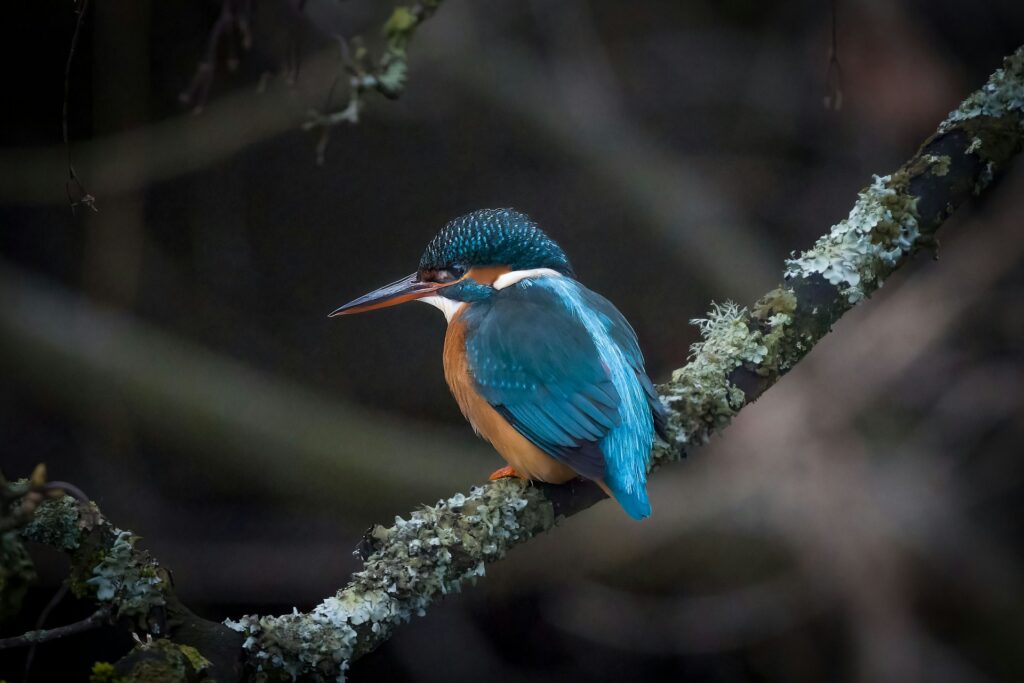
It fragments habitats, severs migration routes, and traps wildlife in shrinking pockets of land surrounded by roads, homes, and industry. This fragmentation is one of the biggest drivers of biodiversity loss globally. In cities, it often results in wildlife being marooned in isolated green spaces, cut off from food sources, potential mates, and safe shelter. Over time, this isolation leads to smaller, weaker populations with limited genetic diversity — and greater vulnerability to disease, climate impacts, and habitat change.
A 2018 study published in Nature Ecology & Evolution found that mammals living near major roads have significantly lower genetic diversity due to isolation, which compromises their long-term survival. This isn’t just happening in far-flung forests. It’s playing out in our suburbs, parks, and even gardens.
What are wildlife corridors?
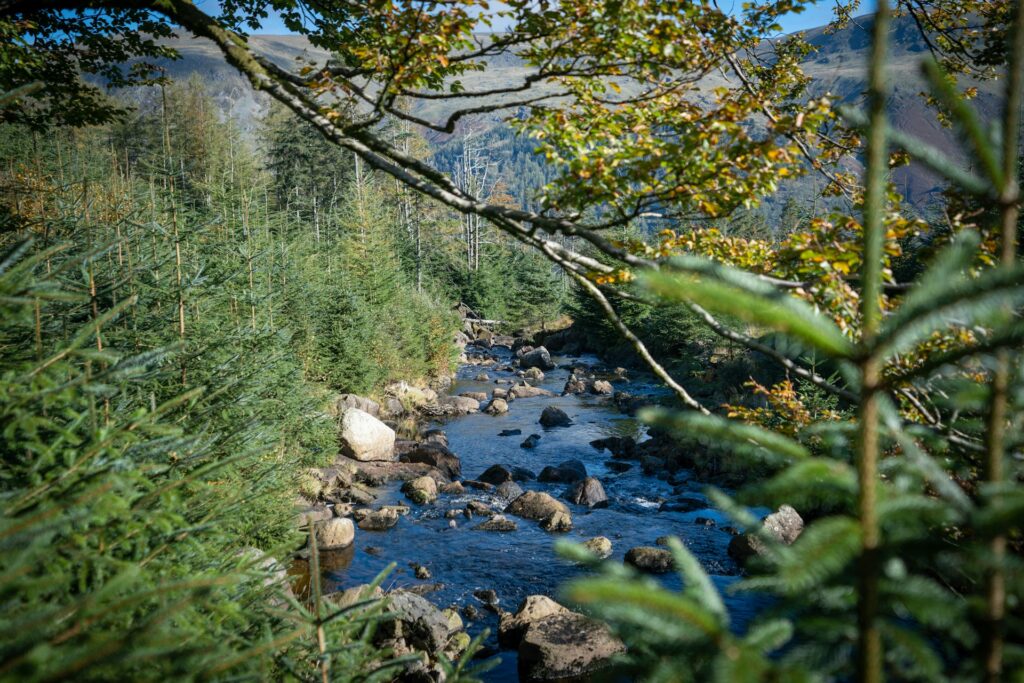
Wildlife corridors are stretches of habitat — natural or semi-natural — that connect fragmented ecosystems, allowing animals to move between them more freely and safely. They can be as grand as a rewilded riverbank or as humble as a hedgerow, and are vital for helping species travel, migrate, mate, and forage. Without these connections, even well-managed green spaces risk becoming ecological islands.
In the urban context, corridors come in many forms: disused railway lines rewilded into greenways, treelines along cycle routes, linked parks, roadside verges planted with wildflowers, and even gardens connected through small openings in fences. They don’t have to be large — but they do have to be deliberate.
Real-world UK projects making a difference
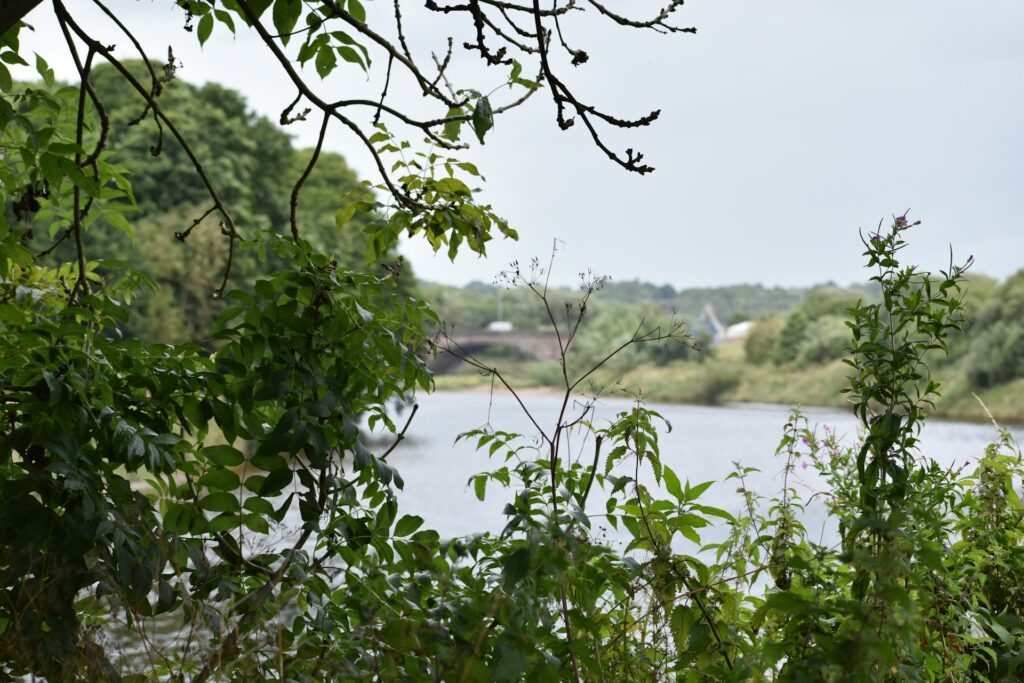
The UK has seen a growing number of wildlife corridor initiatives, especially in urban settings where space is at a premium. London’s Green Grid is a strategic attempt to knit together green infrastructure across the capital. It links parks, waterways, and streets to provide both recreational routes for people and safe passage for wildlife.
In Manchester, the City of Trees project has planted over half a million trees since its launch, aiming to restore woodland, improve urban air quality, and re-establish natural movement corridors for birds, bats, and insects. Its goal isn’t just more trees — it’s a connected and climate-resilient urban forest.
Cornwall’s Making Space for Nature project has taken a creative approach by repurposing neglected bits of land in towns — like the edges of car parks and housing estates — to create small-scale, high-impact corridors. These help pollinators, small mammals, and amphibians navigate through urban settings.
These are not one-off gimmicks — they’re part of a wider shift. Organisations like The Wildlife Trusts are campaigning for a “Living Landscape” model, which sees fragmented habitat not as inevitable, but as something we can reverse with planning, investment, and community support.
How animals actually use these corridors
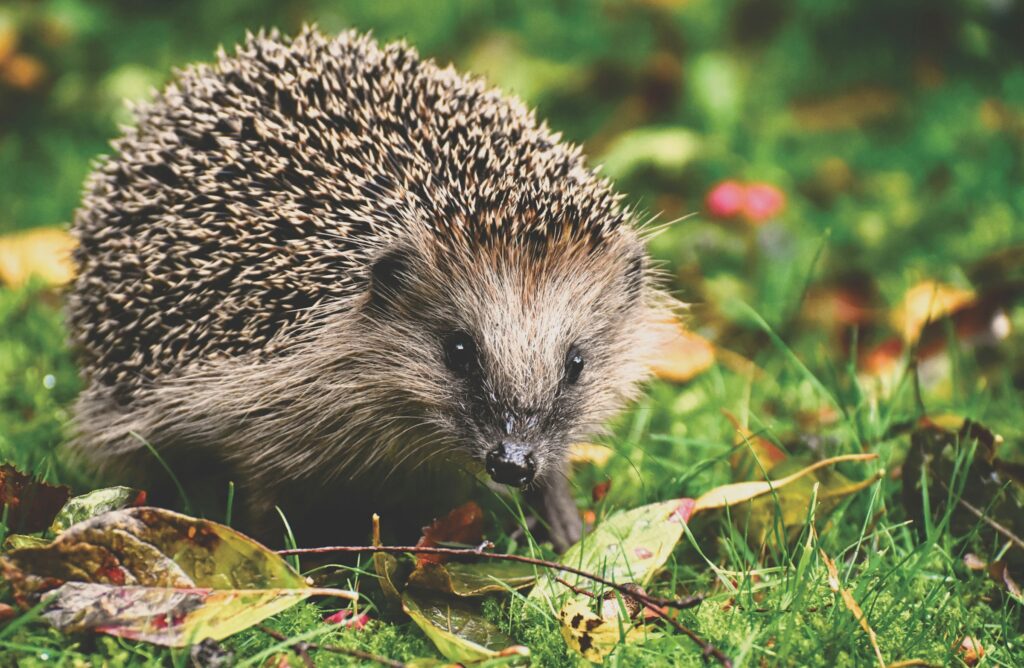
Let’s take hedgehogs. Urban hedgehog populations are declining sharply — partly because their ability to roam has been limited by garden fences, walls, and roads. A hedgehog might need to travel over a kilometre in a single night to find enough food and a mate. The Hedgehog Street campaign has shown that something as simple as a 13 cm hole in a garden fence can turn a neighbourhood into a habitat network.
Bats, which are legally protected in the UK, rely on uninterrupted linear features like tree rows and waterways to navigate. When gaps appear in these features — from tree removal, light pollution, or development — their movement is disrupted. Creating corridors that link roosting sites with feeding grounds can dramatically increase their chances of survival.
Amphibians, especially species like common toads, face seasonal danger when crossing roads to reach breeding ponds. Under-road tunnels and amphibian-friendly drainage routes, used in projects supported by organisations like Froglife, have proven successful at reducing roadkill and supporting local populations.
Pollinators like bees and butterflies also benefit immensely from corridors. Isolated wildflower patches can’t support long-distance foraging. But when these patches are linked — even via roadside verges or school gardens — insects can move more freely and establish healthier, more resilient populations.
Why people should care too

The ecological case is clear, but wildlife corridors bring tangible benefits to human communities as well. They improve urban air quality by increasing vegetation. They help prevent flooding by enhancing drainage and absorbing rainwater. They reduce urban heat by shading streets and cooling surfaces — all crucial in a warming climate.
There’s also a strong wellbeing argument. Access to green space has been consistently linked to better mental health. A report from the Mental Health Foundation shows that people who spend time in nature report feeling calmer, less anxious, and more connected. Wildlife corridors can bring nature to doorsteps, especially in areas where parks and green space are limited.
These spaces often become hubs for local engagement — with community planting days, citizen science projects, and school involvement. They help foster a culture of stewardship and connection to place.
What’s getting in the way?

For all their promise, wildlife corridors aren’t a magic solution. They require proper planning, upkeep, and buy-in. Designing corridors that work for multiple species is tricky — the needs of a fox differ significantly from those of a butterfly or a frog. And corridors that aren’t maintained can become overgrown or blocked, reducing their effectiveness.
Private land ownership is another barrier. In urban areas, linking green spaces often involves connecting gardens, school grounds, and council land. Without a coordinated approach, these links can break down. Initiatives like Buglife’s B-Lines are mapping potential pollinator routes across the UK to help guide development and inform planning.
Funding is also inconsistent. While large infrastructure gets support, small-scale, local habitat projects often rely on community grants or volunteer hours. These can be harder to sustain over time.
Where it’s working — and what we can learn
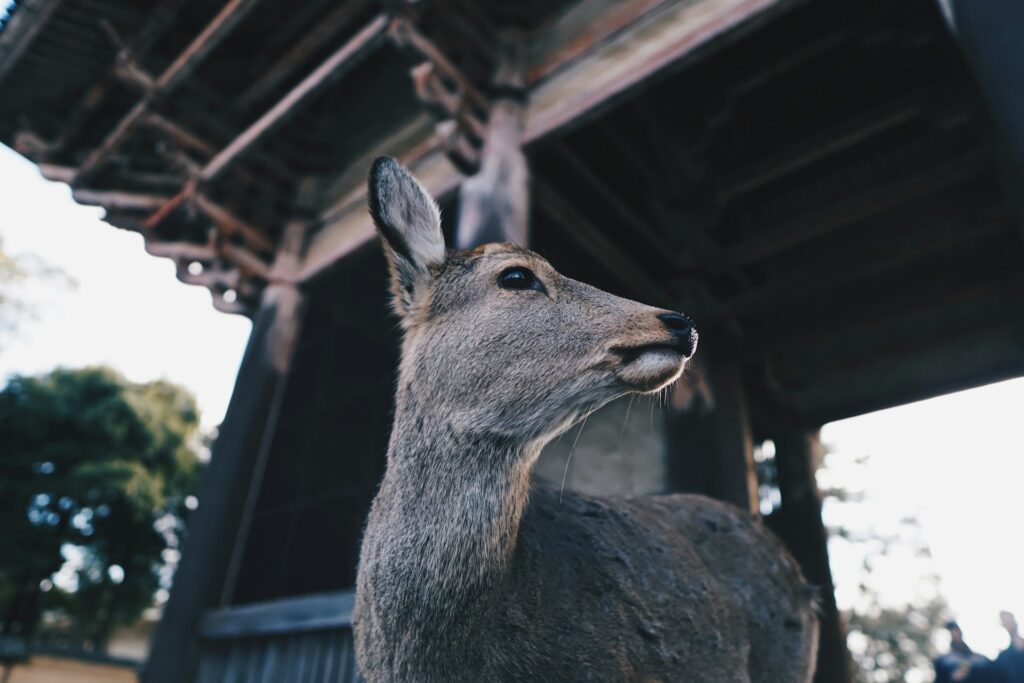
Globally, cities are experimenting with impressive corridor strategies. The Netherlands leads in green bridges, allowing deer and badgers to safely cross major roads. Singapore’s canopy walkways connect isolated nature reserves through the treetops, helping birds, monkeys, and squirrels move without touching the ground.
In the UK, similar innovations are gaining ground. The Eddleston Water project in Scotland is using river restoration as a natural corridor, improving habitat for fish and birds while reducing flood risk. Elsewhere, rail and road developments are increasingly expected to include wildlife crossings as standard, thanks to campaigns by organisations like PTES and The Mammal Society.
Why it matters more than ever

As the climate changes, wildlife corridors will play an even greater role. Species are moving in response to changing conditions — heading north, heading uphill, or following water. Without connected landscapes, they’ll hit barriers that could wipe them out.
In an era of biodiversity loss, urban growth, and climate uncertainty, we need solutions that work for both people and the planet. Corridors aren’t just about preserving what’s left — they’re about rebuilding what we’ve lost. And when they’re done well, they benefit everything from bees and birds to schoolkids and city planners.
Wildlife corridors offer a way forward. Not just a way to protect wildlife — but a way to reshape our urban spaces to be more liveable, breathable, and connected for everyone.